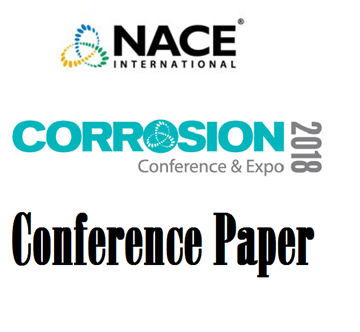Search
51318-11071-Corrosion Behavior of Naphthenic Acids Isolated from Vacuum Gas Oil Crude Fractions
Also Purchased
51318-11041-Performance of Monel pipeline in benzene processing unit
Product Number:
51318-11041-SG
Publication Date:
2018
$20.00
51318-11086-Failure of RFCC Catalyst Cooler Aeration Piping System (Cat Cooler Internals)
Product Number:
51318-11086-SG
Publication Date:
2018
$20.00
51318-11068-What is the Optimum Protective Coating System for Cyclic-Temperature Service?
Product Number:
51318-11068-SG
Publication Date:
2018
$20.00




